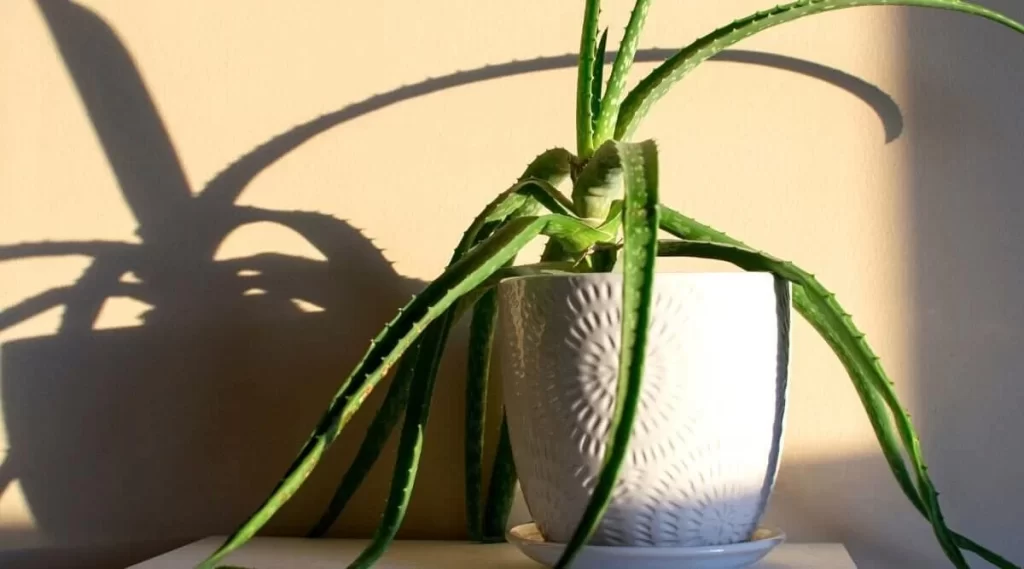Utah’s diverse topography and climate variations have led to the establishment of multiple planting zones, each demanding a nuanced approach to successful cultivation. Understanding Utah’s planting zones is essential for any gardener hoping to coax life from its seemingly inhospitable terrain. The United States Department of Agriculture USDA Plant Hardiness Zone Map divides the country into zones based on average minimum winter temperatures. Utah spans across zones 4a to 9a, capturing the range from frigid winters in the northern regions to milder conditions in the southern parts of the state. This variation is largely attributed to the Great Basin’s rain shadow effect, which causes the state’s western mountains to intercept most of the moisture-laden weather systems, leaving the eastern areas relatively arid. In northern Utah, including cities like Salt Lake City, Park City, and Ogden, the winters can be harsh with temperatures plummeting well below freezing.
 This corresponds to USDA zone 5b. Gardeners in this region need to opt for cold-hardy plants that can withstand frost and sudden temperature fluctuations. Perennials like Russian sage and ornamental grasses such as blue oatgrass thrive in these conditions, bringing splashes of color and texture to the barren winter landscape. Central Utah, falling under zones 6a to 7b, experiences milder winters and warmer summers. Cities like Provo and Logan reside in this range. Fruit trees like apple and cherry flourish in this zone, while vegetables such as tomatoes, peppers, and zucchinis can be successfully cultivated during the growing season. Gardeners in this region benefit from a longer growing window compared to their northern counterparts. Southern Utah boasts a warmer climate, categorized as zones 8a to 9a. With cities like St. George and Moab, utah plant zone offers the most favorable conditions for gardening. The frost-free season extends for several months, allowing gardeners to experiment with a wider variety of plants. Citrus trees, bougainvillaea, and succulents thrive in the hot and arid conditions, creating vibrant and lush gardens that starkly contrast with the surrounding desert.
This corresponds to USDA zone 5b. Gardeners in this region need to opt for cold-hardy plants that can withstand frost and sudden temperature fluctuations. Perennials like Russian sage and ornamental grasses such as blue oatgrass thrive in these conditions, bringing splashes of color and texture to the barren winter landscape. Central Utah, falling under zones 6a to 7b, experiences milder winters and warmer summers. Cities like Provo and Logan reside in this range. Fruit trees like apple and cherry flourish in this zone, while vegetables such as tomatoes, peppers, and zucchinis can be successfully cultivated during the growing season. Gardeners in this region benefit from a longer growing window compared to their northern counterparts. Southern Utah boasts a warmer climate, categorized as zones 8a to 9a. With cities like St. George and Moab, utah plant zone offers the most favorable conditions for gardening. The frost-free season extends for several months, allowing gardeners to experiment with a wider variety of plants. Citrus trees, bougainvillaea, and succulents thrive in the hot and arid conditions, creating vibrant and lush gardens that starkly contrast with the surrounding desert.
Utah’s diverse microclimates, created by its varied topography, present a challenge and an opportunity for gardeners. Successful cultivation demands an intimate understanding of the local conditions. For instance, southern slopes receive more sunlight, experience quicker drainage, and warm up faster in the spring compared to northern slopes, making them ideal spots for heat-loving plants. Water scarcity, a common concern in Utah’s arid climate, calls for water-efficient gardening practices. Incorporating mulch to retain soil moisture, installing drip irrigation systems, and selecting drought-tolerant native plants can help conserve water while maintaining a thriving garden. Utah’s planting zones, influenced by its geographical diversity, offer a canvas for skilled gardeners to create life amidst the desolation. Whether dealing with sub-zero winters or scorching summers, the key lies in selecting plants well-suited for the respective zones and employing region-specific techniques. By embracing the challenges posed by Utah’s climate and terrain, gardeners can transform their outdoor spaces into havens of natural beauty, proving that even in the harshest environments, a garden can flourish.